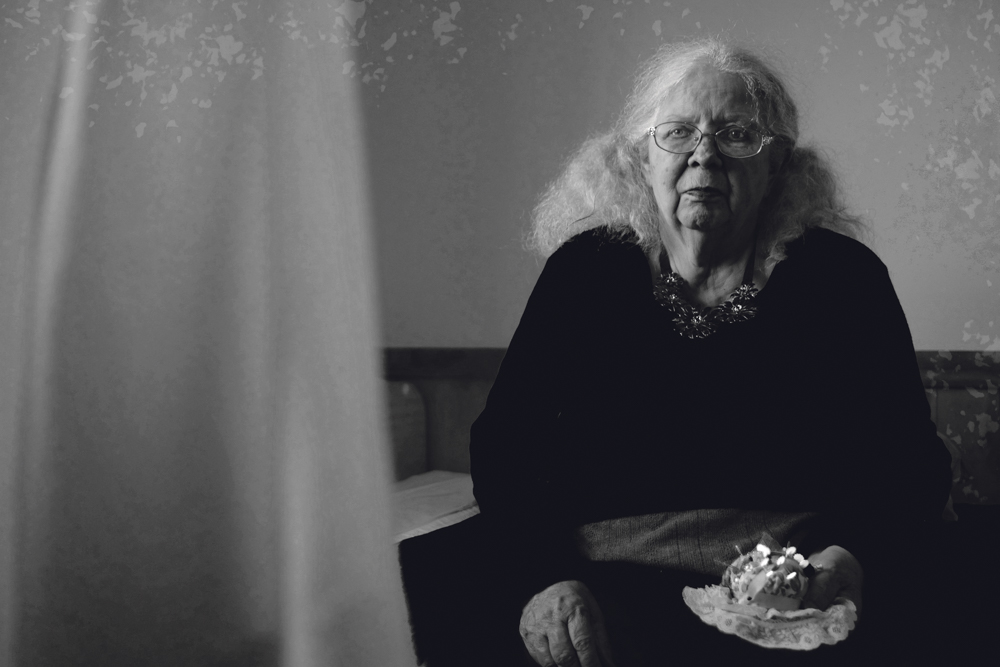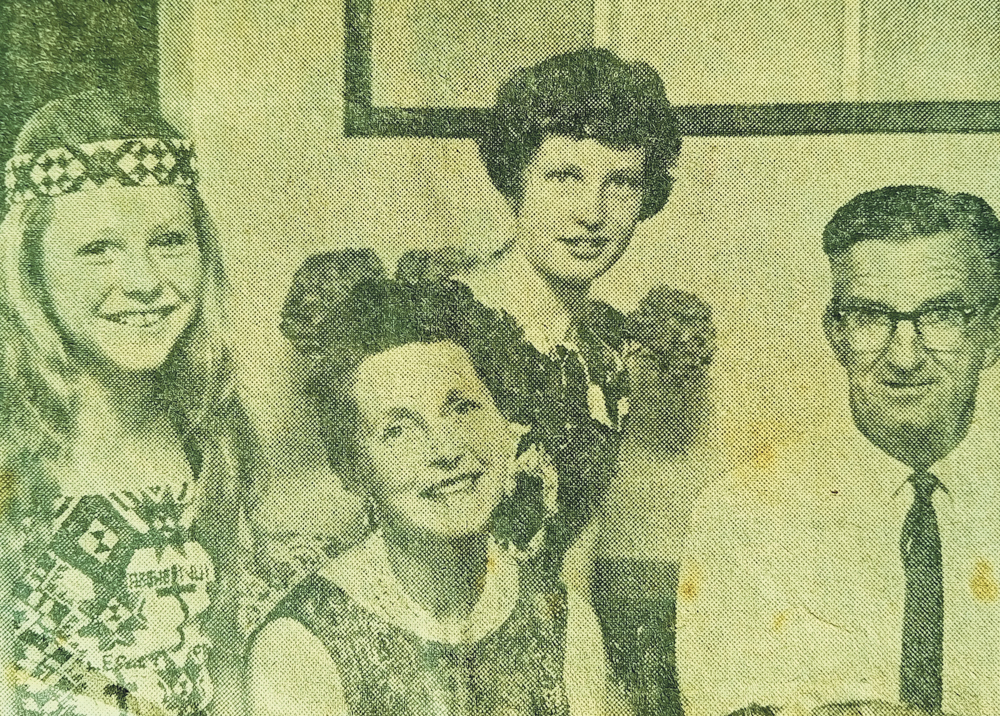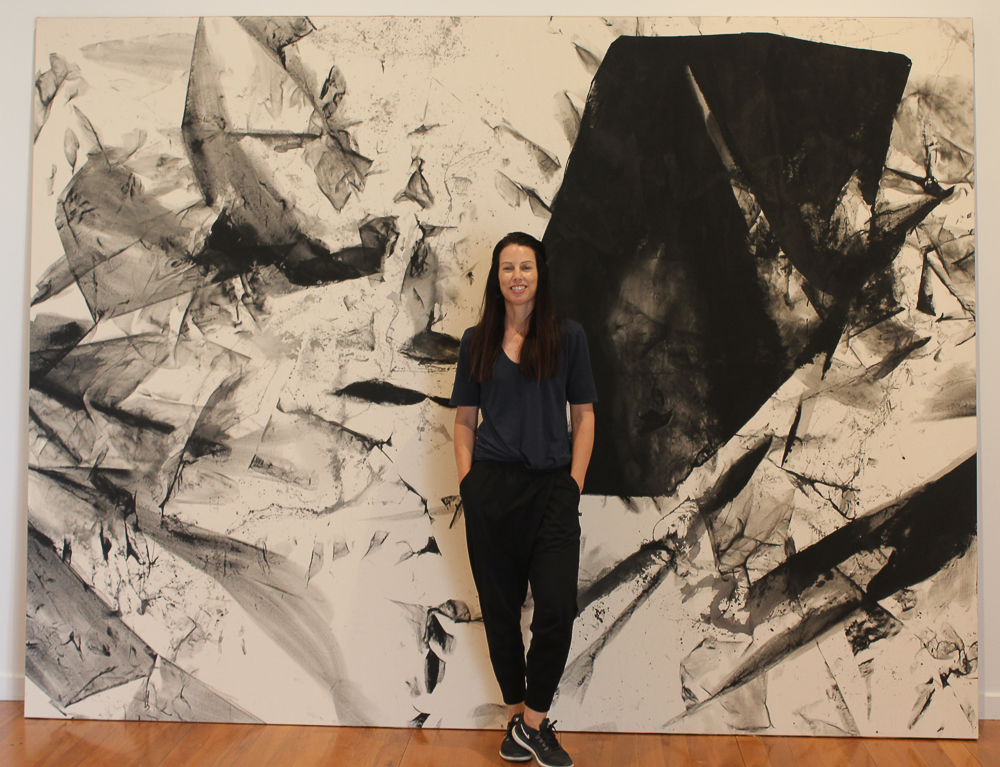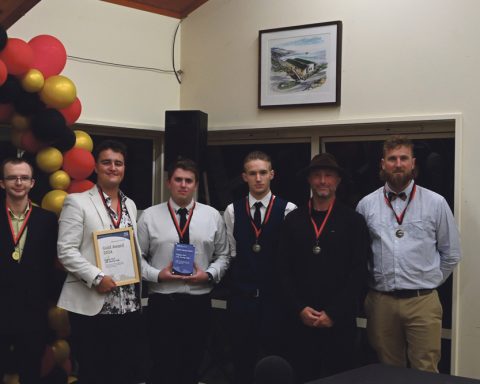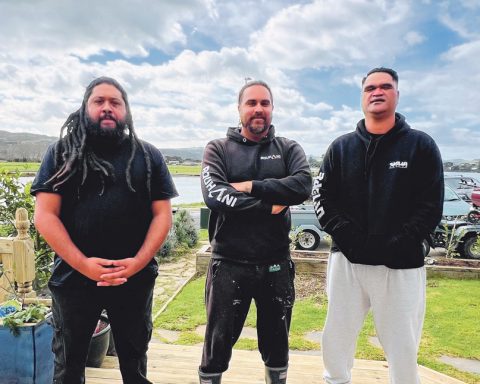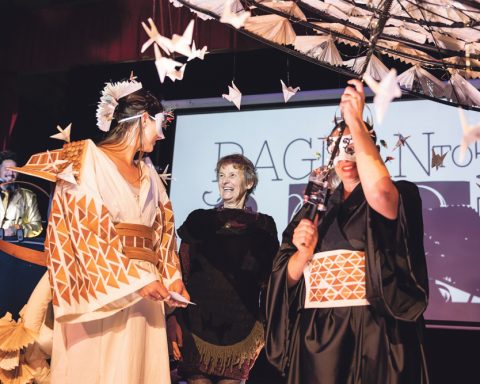Poised on the threshold of room 23, I looked at her silently while she scrutinized attentively the lines of a magazine in the comfort of her red leather throne. I took a gentle step in and she pierced her gaze on the other side of her glasses and uncrossed her legs. Uncrossed her nested legs under her long silky green skirt, a garden of embroidered roses.
Kath’s mother was a seamstress in Napier. From home, Kath watched her mother sketch, oscillate to pick materials and greet newcomers and familiar faces. The fascination over her mother’s work transformed into a necessary fervour when she was at primary school. Mum would say: why don’t you go outside and have some fun? I’d say: No, I want to keep watching. From bobbins to pedal, from mother to daughter, they took turns on the pleasant carousel of garment making marathons, the only sewing machine in the household: a classic black and gold Singer. Kath recalls a piece her mother fabricated and overwore around the house like it was the only piece she owned: a cream-colored evening frock. Tight at the waist and it flared out at the bottom. It was perfect for dancing and spinning fast until it depicted the shape of an umbrella.
Once Kath moved out of her mother’s house, her and her husband Robert inaugurated a roof of their own in Whanganui. She was employed for three years at a sewing factory. Biker’s leather jacket was the first item to be repeated. One day, her boss saw her making clothes for her own kids and he asked if she could repeat the patterns for the company. She agreed and from that point on, she was consumed by stitching children’s clothes. When the load of work became all too grueling, she walked out to pursue her own agenda and sturdily used her industrial Elna at her own pace in the amenity of her home.
Both her sons benefited from the hours spent imagining and delineating garments. Systematically, they had home clothes and nice clothes. The distinction between the two was to be respected. The nice clothes with fancy threading on them couldn’t be put in the washing machine. The home clothes were often made of recycled fabrics and used mercilessly to play in soddened soils. A smile of satisfaction escaped her lips every time they walked out the door wearing outfits touched by her very own loving spirit.
Her eyes grew bigger when remembering the blue suit she made for her blond haired and blue-eyed husband. She diligently laboured on the suit while he was absent from home. To hide it, a single sheet was wrapped over the pending ensemble. When his birthday came, the gift was unveiled. Robert was so pleased, he insisted to go out in public that night to wear it with a dignified posture. He took her to the Royal Whanganui Opera House.
When the boys were kids, she once caught them secretly using her sewing machine in the kitchen. She smiled rejoicingly at the sight of the generational thread continuing to pass through the hands of her very own children.
I asked about the last remaining piece pushed through her personal Elna, she pointed to her lap: the silky garden of embroidered roses wrapped around her legs which she still wore with such elegance.
Elisabeth Denis wants to tell the stories of the residents at Raglan Rest Home and Hospital. Elisabeth wants to show up for someone every month and bring awareness to the community about caring for our elderly and appreciating their memories and wisdom.
